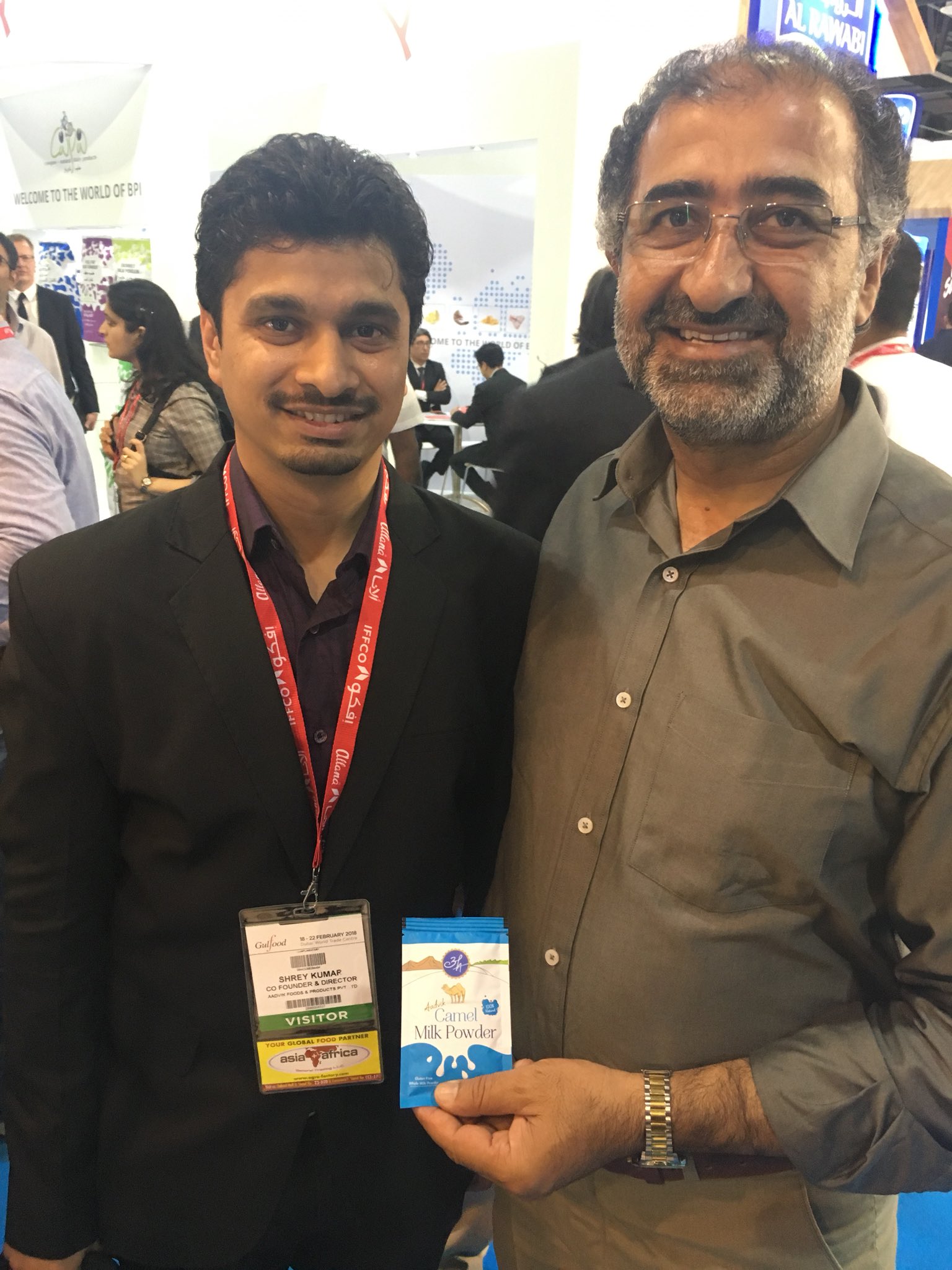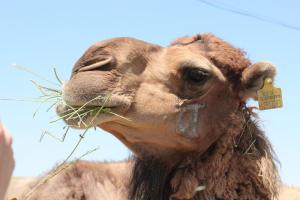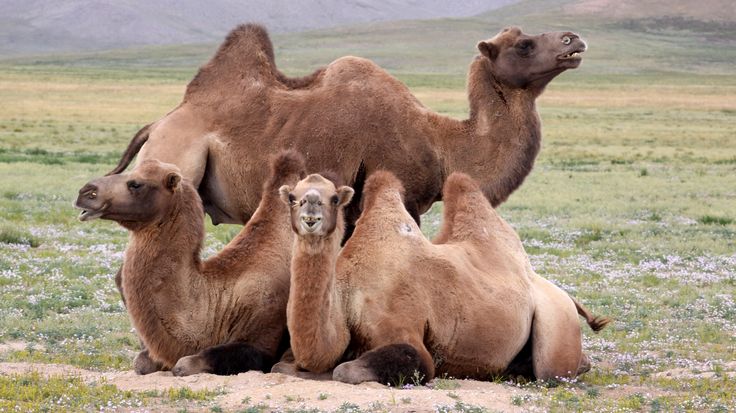Turning camel from an old age animal to a sustainable food animal was my dream. Camel is Turning from a Beast of Burden to a Modern Farm Animal. This dream is coming true as the camel is making its space as a food security animal. Even, camel is performing better outside of its original habitat. Camel Journey ~ From its Original Habitat to Modern World.

Yesterday, I visited the Gulf Food Festival 2018, Gulf Food 2018 and spent enough time with the camel milk outlets “camelait”. Camelait! Al Ain Camel Dairy Products.Many people visited the stall and showed a keen interest in camel milk. I also visited the other camel milk business outlet (Camelicious) and discuss the overall camel milk (CM) demand and interest of the masses.

Some people were selling/marketing camel milk from other countries like Australia and India. Shrey Kumar from India (the Co-founder of the Aadvik foods) also met me there. He is already my facebook contact and recognized me by face as we could never meet personally before. I also met Hani from Australi (Auslink Investment), who was also looking for the camel milk powder export.












![20160518_083742[1]](https://camel4milk.files.wordpress.com/2016/05/20160518_0837421.jpg)
![20160518_084215[1].jpg](https://camel4milk.files.wordpress.com/2016/05/20160518_0842151.jpg)

 Our milk is high grade but tastes a little bit salty because of my taste as I like salty bushes; the only ice cream for me in the ecosystems where I live. I live in very cold regions and hence producing milk thicker than my sibling dromedary. My milk keeps a desirable PH of the human body as it is a bit alkaline. I have the physical effect on the stomach of my keepers to make them happy and in a good mood.
Our milk is high grade but tastes a little bit salty because of my taste as I like salty bushes; the only ice cream for me in the ecosystems where I live. I live in very cold regions and hence producing milk thicker than my sibling dromedary. My milk keeps a desirable PH of the human body as it is a bit alkaline. I have the physical effect on the stomach of my keepers to make them happy and in a good mood. 
